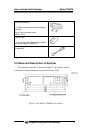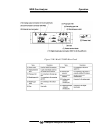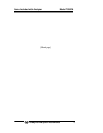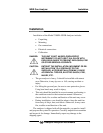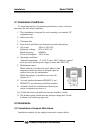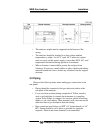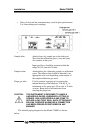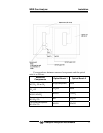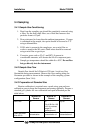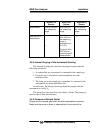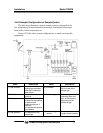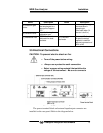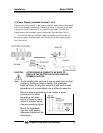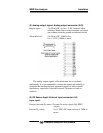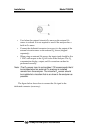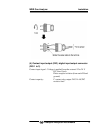
Installation Model 7500ZA
Teledyne Analytical Instruments 12
3.4 Sampling
3.4.1 Sample Gas Conditioning
1. Dust from the sampling gas should be completely removed using
a filter. For the final stage filter, use a filter that removes dust
particles down to 0.3µm.
2. Dew point must be lower than the ambient temperature. If vapor
is contained in the sample, dew point should be lowered to 2°C
using a dehumidifier.
3. If SO
3
mist is present in the sample gas, use a mist filter or
cooler to remove the SO
3
mist. Other mists should be removed
using a mist filter or gas dryer.
4. Corrosive gases such as Cl
2
, F
2
and HCl, if present in
considerable amounts, will shorten the life of component parts.
5. Sample gas temperature should be within 0 to 50°C. Do not flow
hot gas directly into the instrument.
3.4.2 Sample Gas Flow
Sample flow should be 0.5L/min ± 0.2L/min. Avoid any flow
fluctuation during measurement. Observe the flow reading using the
flowmeter provided as shown in the example of the sampling system
configuration (Item 3.4.6).
3.4.3 Preparation of Standard Gas
Routine calibration is required once a week using span and zero
calibration gases to keep the instrument performing optimally. Prepare a
standard gas cylinder for zero calibration and span calibration per the
table below.
Without O
2
Sensor
Built-in O
2
Sensor
External O
2
Sensor
Zero Gas N
2
N
2
(O
2
of 99.9 to 100
vol% for reverse
range O
2
measurement.)
Dry air
Span gas other
than for O
2
Gas with
concentration
Gas with
concentration of
Gas with
concentration of



